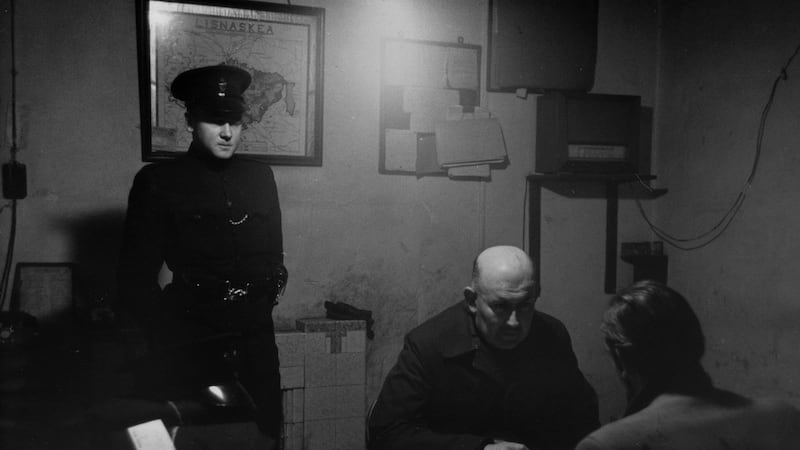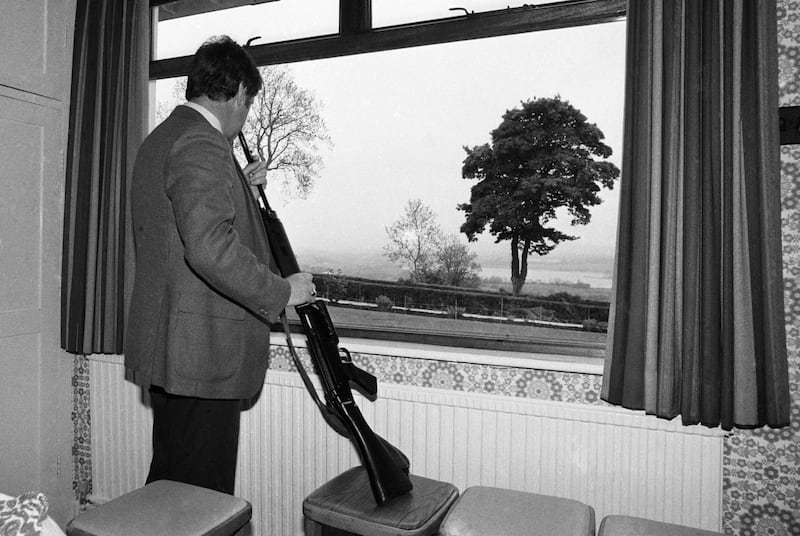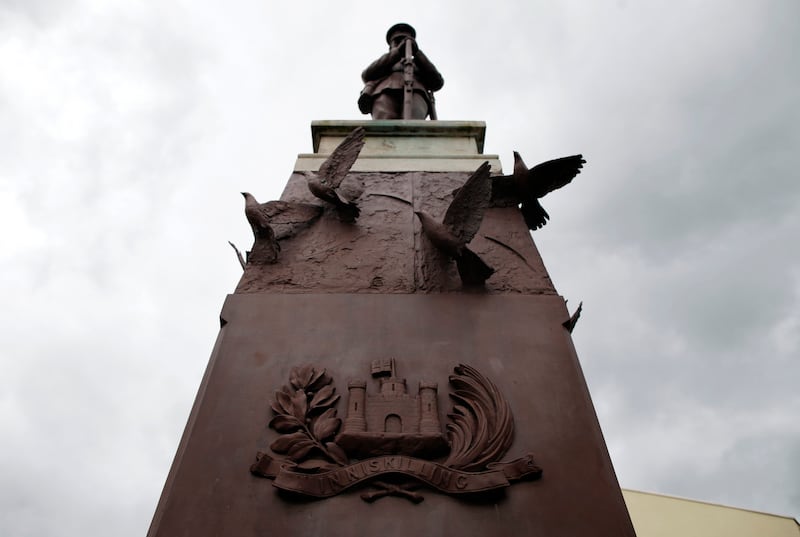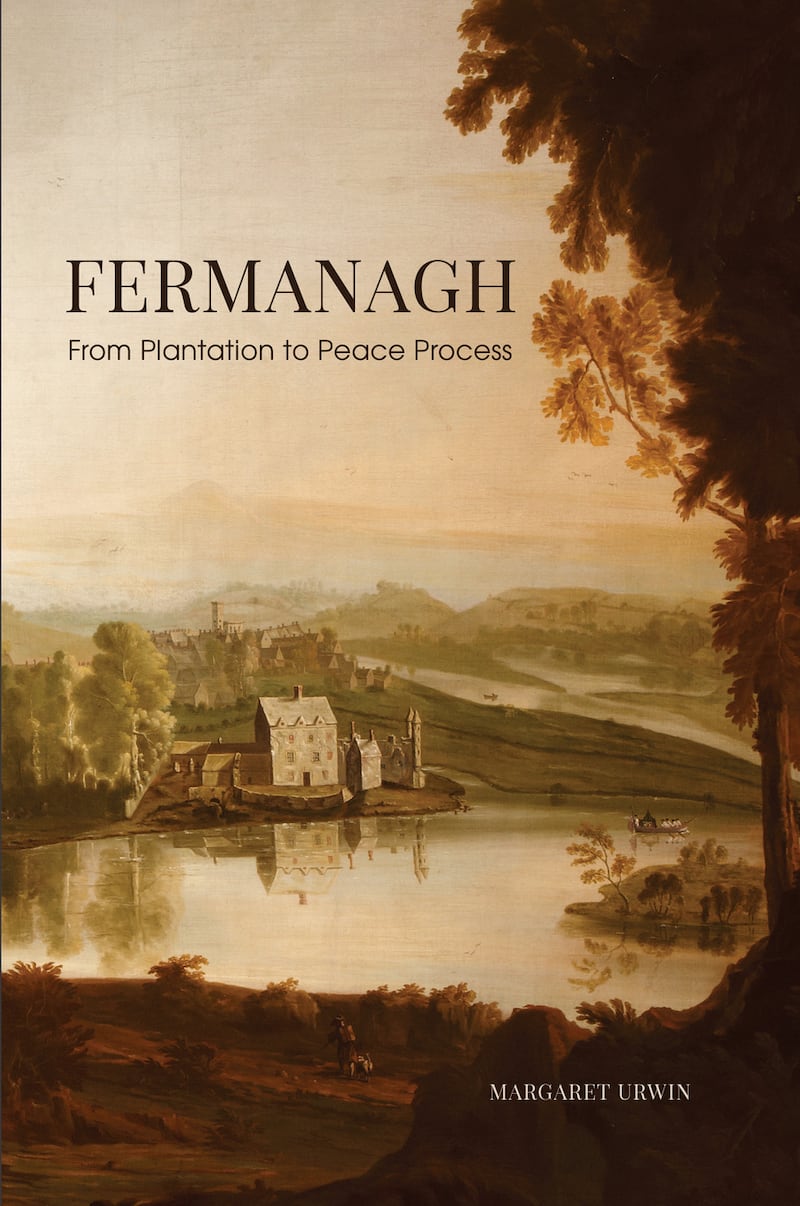For many years the Pat Finucane Centre for Human Rights/Justice for the Forgotten has provided advocacy to a number of families in Co Fermanagh who were bereaved as a result of the Northern Ireland conflict.
I, as co-ordinator of Justice for the Forgotten, had already undertaken substantial research on cross-Border attacks carried out in the early 1970s by loyalists based in and around Fermanagh. As a result, it was decided to produce a publication focusing on the families we support whose relatives had been killed by loyalist paramilitaries and members of the security forces. As the research advanced, however, it became clear that there was a wider and more challenging story to be told, which needed to be reflected in any publication on Co Fermanagh.
Fermanagh: From Plantation to Peace Process is a comprehensive history which charts the major events that have shaped Fermanagh since the Ulster Plantation. In order to provide background and context I explore how, from the 17the century to the signing of the Good Friday Agreement in 1998, central and local government policies and decisions have impacted its two principal communities.
The early chapters consider the Plantation and its colossal blow to Gaelic Ireland; the 1641 Rebellion, drawing on the Trinity College depositions project; the Cromwellian Conquest and the Williamite Wars. The following chapters examine the founding of the United Irishmen and the Orange Order; the Penal Laws; Catholic Emancipation; the Famine; the Land War, the first World War and the Easter Rising. All are considered in relation to their impact on Fermanagh.

Fermanagh fared badly during the Famine years when both communities suffered intensely. Of Ulster’s nine counties, Fermanagh lost 25.8 per cent of its population; only Monaghan and Cavan had a higher loss.
Focusing on the period from the 1920s onwards, a number of key themes emerged from my research – the alienation of the Catholic, nationalist community from the new state of Northern Ireland after partition; their disillusionment with and feeling of being utterly abandoned by the Free State Government after the Boundary Commission debacle; the systemic discrimination against them in all areas of life combined with the outworkings of the Special Powers’ Act; the Protestant unionist community’s distrust of their Catholic neighbours as a result of the IRA campaign of 1956-62 (Operation Harvest), and the contrasting views of the civil rights movement by both communities.

I recount the story of the eviction of Margaret Nolan, a single Catholic woman of 50, from her family home in Toneyloman, near Enniskillen, in the winter of 1954, a shocking example of the discrimination endured by the minority community.
I was struck by the enduring influence on events and communities exerted by the aristocracy, including the earls of Enniskillen, Erne and Belmore and Baronets Archdale and Brookeborough. (The Brookeboroughs were later upgraded to Viscounts). This influence was vigorously harnessed during the Land War, a period of remarkable cohesion between Catholic and Protestant tenants, which was distinctly striking in Fermanagh. The aristocrats had done their utmost to cause division with little success until the autumn of 1882, when Parnell disbanded the Land League and established in its place the Irish National League.
The aims of the new organisation were more political than agrarian, its main objective being to support the Home Rule movement. This provided the aristocracy with the opportunity they had been hoping for. They pushed home their advantage and brought about an end to the short-lived period of Catholic-Protestant cohesion. The influence of the aristocracy was maintained throughout the 20th century during which one of Fermanagh’s own, Sir Basil Brooke, served as prime minister of Northern Ireland from 1943 to 1963.
A survivor of Operation Harvest provided me with witness testimony regarding the best known and ill-fated attack on the RUC station at Brookeborough on New Year’s Day 1957 in which IRA men Seán South and Fergal O’Hanlon were killed.
The core of the book is the detailed analysis of all conflict-related deaths in the county, which sheds new light on the victims. The details included expand on the biographies contained in the seminal publication, Lost Lives. I present a number of case studies of particular killings: Protestant civilians and alleged informers killed by the IRA; the Enniskillen bombing; the notorious “pitchfork” murders; the killing of IRA members by the SAS; and loyalist killings of Catholics.


The IRA campaign in Fermanagh began the month after internment was introduced. The low level of loyalist paramilitary activity compared with neighbouring counties is examined. The following issues are also analysed: the role of the Border in the IRA campaign and also in the short-lived loyalist campaign; the strong suspicion of collusion in killings by loyalists; the suspected use of excessive force in killings by the security forces; the disposition of the Irish Government towards cross-Border co-operation with the British authorities and the negative impact of specific events on both communities.
Protestants, particularly in south Fermanagh, felt surrounded by threats from outside the county, with IRA active service units operating from Monaghan to Donegal. The sheer length of the Fermanagh border created a unique sense of Protestant vulnerability.
For the residents of Fermanagh, the Border was all-encompassing. I test the often-repeated claim that the Irish Government and its security forces failed to co-operate with their British counterparts by detailed analysis of relevant official declassified British and Irish government documents over the decades of the conflict. This range of archival material provides very useful insights into both policies and mindsets but do not provide a complete picture, as many relevant files are closed and are likely to remain so for many years yet.
Several examples of intimidation are provided while the thorny issue of allegations of ethnic cleansing and genocide during the recent conflict are tested.
I unearthed new material relating to the election of hunger striker, Bobby Sands, who was elected as MP for Fermanagh/South Tyrone in April 1981. During the election campaign, British officials were deeply concerned that Sands might win or, at least, get a “respectable” vote. The consensus among them, however, was that such a scenario was highly unlikely and it was fully expected that the former leader of the Ulster Unionist Party, Harry West, would take the seat. They were, of course, proved wrong when Sands emerged victorious. The result had a polarising effect in the constituency which aroused much resentment in the Protestant community. For republicans, it was a turning point in the conflict.
Overall, the book explores how both communities have experienced past conflicts and how political decisions made in London, Belfast and Dublin have led to varying perspectives, whether right or wrong when compared to the evidence. In my conclusion, I call for mechanisms to be put in place to deal with the legacy of the past and suggest that the continuing failure of the British government to do so is a constant source of tension in political relationships and undermines efforts to build reconciliation.
Fermanagh: From Plantation to Peace Process is published by Eastwood Books












